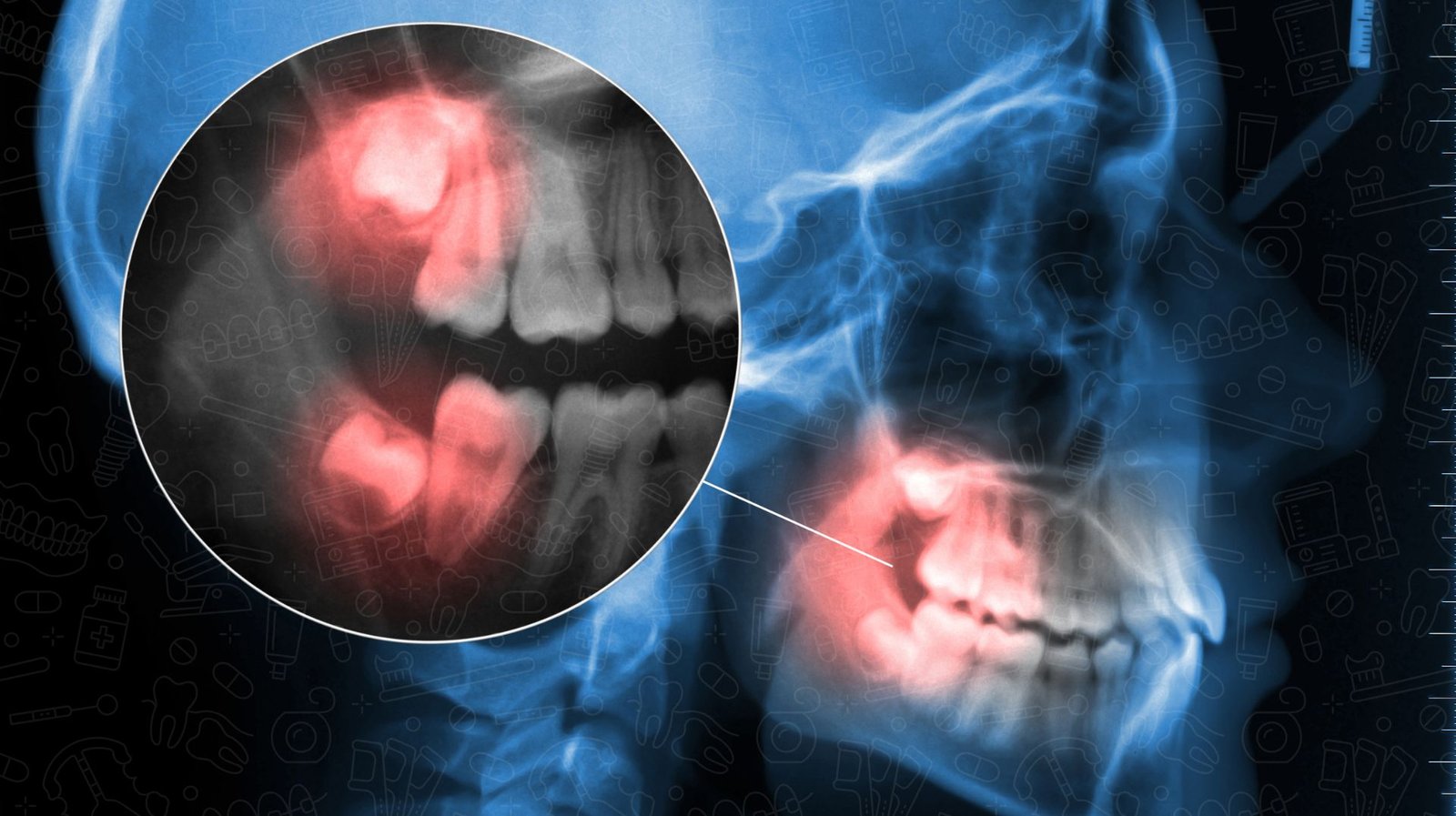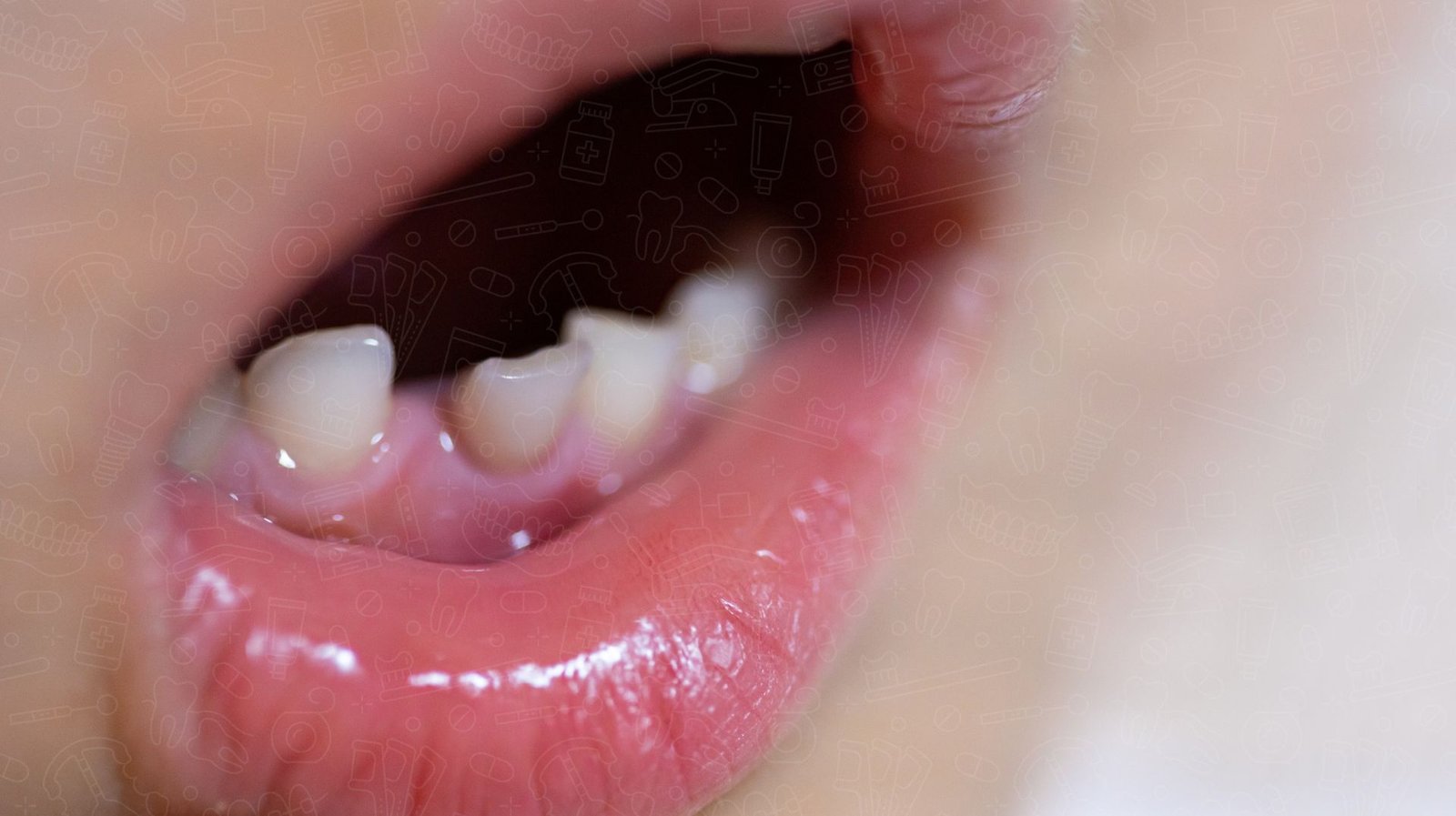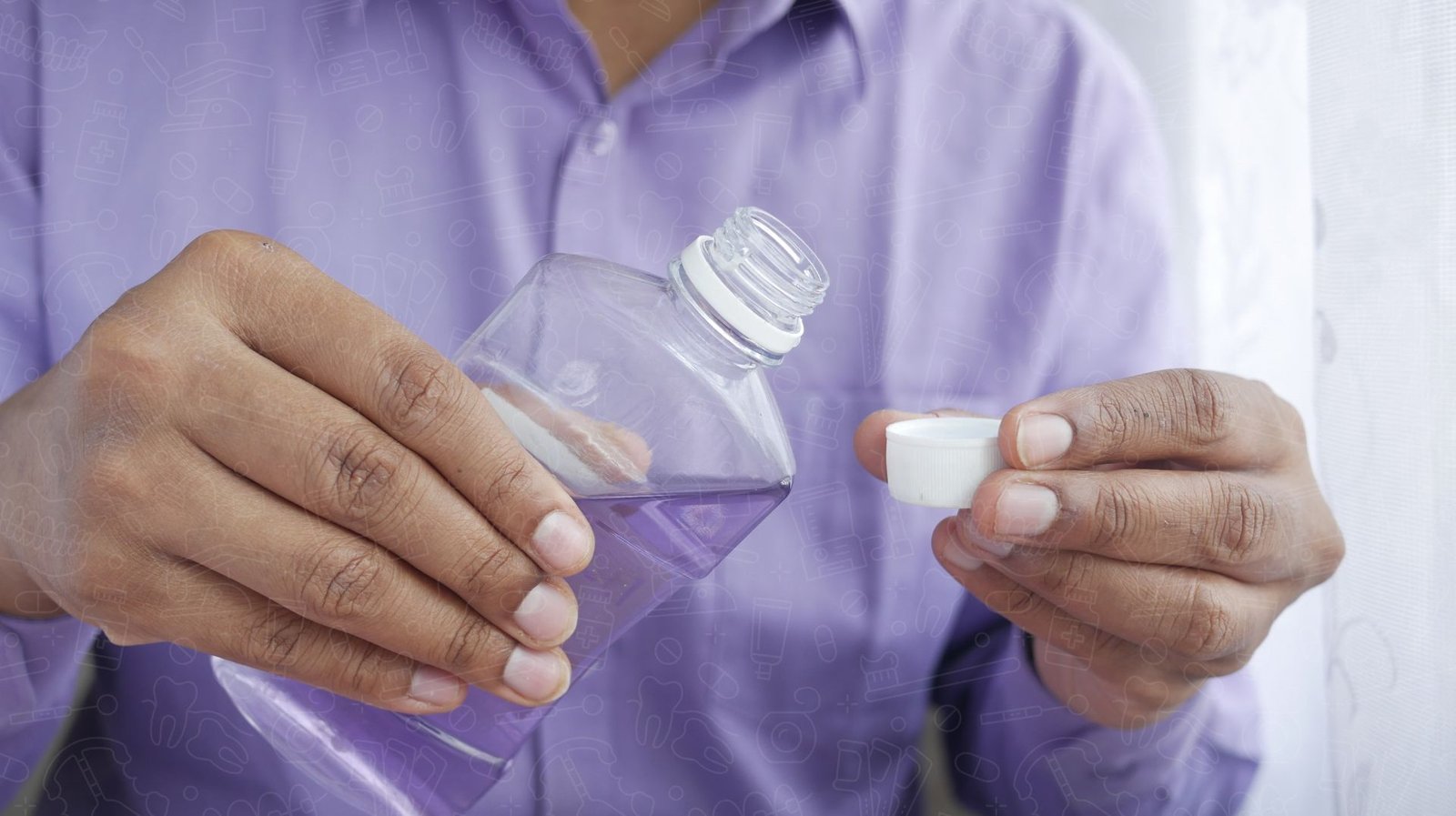What is Nitrous Oxide Sedation in Dentistry?
Nitrous oxide sedation, often called “laughing gas,” has gained prominence in modern dentistry as a key tool for enhancing patient comfort and reducing anxiety during dental procedures. This non-invasive technique involves the administration of an odorless, colorless gas through a lightweight mask that covers the patient’s nose, allowing them to inhale the sedative effortlessly. As patients breathe in nitrous oxide, they experience a state of relaxation, which helps to alleviate the stress and apprehension often associated with dental visits.
One of the most appealing aspects of nitrous oxide sedation is its unique ability to relax patients while keeping them fully conscious and responsive. This intentional balance fosters a sense of control, ensuring patients feel safe and aware during their treatment. Additionally, nitrous oxide boasts a rapid onset and swift recovery time, making it an optimal choice for a range of dental procedures—both minor and complex.
Safety is a cornerstone of nitrous oxide sedation, particularly when administered by qualified dental professionals. This sedation method is considered safe for most individuals, contributing to its widespread use in general dental practice. By understanding the benefits and mechanisms of nitrous oxide sedation, patients can approach their dental care with confidence, knowing that their comfort and well-being are prioritized.
What is Nitrous Oxide Sedation in Dentistry?
Nitrous oxide sedation, commonly referred to as “laughing gas,” is increasingly used in dental settings to enhance patient comfort during procedures. This odorless and colorless gas is administered through a small mask that fits over the patient’s nose. As patients inhale nitrous oxide, it induces a relaxed state, assisting in alleviating anxiety and discomfort associated with dental work.
The primary role of nitrous oxide as a sedative is to create a calming effect while allowing patients to remain conscious and responsive during their treatment. This balance provides a sense of control and helps reduce the stress commonly faced in dental visits. As a result, many patients find that their overall experience is significantly improved with the use of nitrous oxide.
In addition to its immediate effects, nitrous oxide is also known for its rapid onset and quick recovery time. This makes it an ideal option for various dental procedures, whether minor or more invasive. Unlike other sedation methods, nitrous oxide’s effects dissipate quickly after the mask is removed, enabling patients to resume normal activities shortly after their appointments.
The popularity of nitrous oxide sedation in dentistry stems not only from its effectiveness but also from its safety profile. When administered appropriately by trained professionals, nitrous oxide is considered a safe and effective means to enhance patient experience in dental care.
Common Side Effects of Nitrous Oxide Sedation
Nitrous oxide sedation, widely used in dentistry for its calming effects, can lead to several common side effects. Understanding these reactions is vital for both patients and dental professionals. One of the most frequently reported side effects is dizziness, which may occur as the patient begins to feel the effects of the nitrous oxide. This sensation can vary in intensity and may require monitoring by the dental team.
Nausea is another side effect that some patients may experience during or after sedation. It is essential for dental practitioners to ask patients about their medical history to identify those who might be more susceptible to such reactions. Additionally, fatigue can arise as the sedation wears off, leaving patients feeling unusually tired.
Other potential effects include headaches or a mild headache-like discomfort, which may arise from fluctuating oxygen levels or personal sensitivity to the gas. While these side effects are generally mild and transient, they can cause anxiety in some patients, making it important for dental teams to communicate openly about what to expect.
Overall, awareness of these common side effects aids in setting realistic expectations for patients and ensures their comfort and safety during dental procedures involving nitrous oxide sedation. By addressing these concerns proactively, both patients and dental professionals can work together to enhance the overall dental experience.
Rare but Serious Reactions to Nitrous Oxide
Nitrous oxide sedation is widely known for its effectiveness in promoting relaxation during dental procedures; however, some individuals may experience rare but serious reactions. Although adverse responses to nitrous oxide are uncommon, they can occur, particularly in sensitive patients. Neurological reactions such as persistent headaches or altered mental status are noteworthy, though infrequent. These symptoms may arise from individual physiological differences or pre-existing conditions affecting the central nervous system.
Respiratory issues can also be serious for select patients. Although nitrous oxide is generally safe for most, those with respiratory disorders like asthma or chronic obstructive pulmonary disease (COPD) might experience complications. It’s essential for dental professionals to conduct thorough medical histories and communicate openly about any potential concerns prior to administering nitrous oxide.
Sensitive individuals may also experience paradoxical reactions, where sedation fails to occur and instead results in heightened anxiety or discomfort. Such occurrences, though rare, necessitate immediate attention from dental staff to ensure patient safety and comfort.
Understanding the potential for rare reactions is vital for both patients and dental practitioners. Close monitoring throughout the procedure helps mitigate risks and allows for prompt intervention if complications arise. Overall, while nitrous oxide is a safe and effective sedation method for many, awareness of rare side effects provides an added layer of patient care and safety.
Debunking Myths About Nitrous Oxide in Dentistry
Nitrous oxide, commonly referred to as “laughing gas,” has long been surrounded by various misconceptions in the realm of dentistry. One prevalent myth is that nitrous oxide is unsafe for patients. In reality, numerous studies have demonstrated that when administered properly by trained dental professionals, nitrous oxide is a safe and effective means of sedation.
Another misconception is that nitrous oxide leads to addiction. While it is classified as a controlled substance, the levels used in dental procedures are minimal and designed solely for sedation, significantly reducing any potential for dependency. Moreover, the gas is easily eliminated from the body, with patients returning to normal function shortly after the procedure.
Concerns also exist about the pain experienced during nitrous oxide administration. However, it is essential to note that the gas is inhaled, and its effects are felt almost immediately, allowing for a smoother and less stressful dental experience. Additionally, its use is often accompanied by local anesthetics, effectively alleviating pain during procedures.
Educating patients on the realities of nitrous oxide can help dispel fears and encourage informed decisions regarding their dental care. By clarifying these myths, dental professionals can promote a better understanding of how nitrous oxide enhances patient comfort during procedures, making visits more manageable and less anxiety-inducing.
Who is at Risk for Side Effects from Nitrous Oxide?
Certain patient populations may be more susceptible to the side effects of nitrous oxide sedation in dental settings. Children, due to their developing physiology and varying tolerance levels, often experience different reactions compared to adults. Their smaller body size and potential anxiety can make them more sensitive to the effects of nitrous oxide, resulting in symptoms such as dizziness or nausea.
Furthermore, individuals with a history of respiratory illness, such as asthma or chronic obstructive pulmonary disease (COPD), are also at an increased risk. Nitrous oxide can exacerbate breathing difficulties, making careful assessment and monitoring imperative for these patients. Additionally, those with neurological disorders may experience heightened susceptibility to adverse reactions, as their neurological pathways may respond unpredictably to sedative agents.
Patients taking specific medications such as sedatives or antidepressants could experience compounded effects when combined with nitrous oxide, leading to increased sedation or other side effects. It is essential for dental teams to conduct comprehensive evaluations of each patient’s medical history before administering nitrous oxide. This individualized approach ensures that those at higher risk are identified and that appropriate precautionary measures are in place, ultimately promoting a safer and more comfortable dental experience.
Safe Use and Monitoring of Nitrous Oxide by Dental Professionals
Dental professionals play a crucial role in ensuring the safe use of nitrous oxide sedation during various procedures. Proper management of dosage is essential for optimizing patient comfort while minimizing risks associated with side effects. Dentists are trained to calculate the appropriate amount of nitrous oxide based on the patient’s individual needs, weight, and medical history. Continuous monitoring throughout the procedure further enhances safety.
Dental teams utilize specialized equipment to track the patient’s vital signs, including heart rate, blood pressure, and oxygen saturation levels. This careful observation allows practitioners to adjust the nitrous oxide concentration as needed, ensuring that patients remain relaxed yet responsive during treatment. In addition, pre-sedation assessments help identify patients who may be more susceptible to adverse reactions, enabling tailored approaches to sedation.
The collaborative effort within the dental team—comprising dentists, dental hygienists, and dental assistants—reinforces the commitment to patient safety. Effective communication is vital; practitioners discuss the sedation process and potential side effects with patients, ensuring informed consent and fostering an atmosphere of trust. By adhering to established guidelines and best practices, dental professionals can significantly reduce risks while providing effective pain management. Consequently, this promotes a more positive dental experience for patients, ultimately enhancing dental care outcomes.
Conclusion: The Value of Nitrous Oxide Sedation in Dentistry
In conclusion, nitrous oxide sedation has established itself as a valuable component of modern dental practice, significantly improving patient experiences during various procedures. By promoting relaxation while keeping patients conscious and responsive, this technique alleviates anxiety and enhances overall comfort. The rapid onset and quick recovery associated with nitrous oxide make it an ideal option for both straightforward and complex treatments.
Understanding the nuances of nitrous oxide sedation, including potential side effects and the importance of safety precautions, allows patients to approach their dental visits with confidence. Patients, particularly those who may be at risk for experiencing adverse reactions, benefit from thorough pre-sedation assessments conducted by trained dental professionals. This collaborative approach fosters an environment of safety and reassurance, ensuring that each patient’s individual needs are met.
Moreover, debunking common myths surrounding nitrous oxide helps alleviate misinformation, encouraging informed choices regarding sedation options. As dental professionals continue to prioritize patient comfort through safe and effective sedation methods, nitrous oxide remains a cornerstone of compassionate care in dentistry. By embracing this innovative approach, both patients and practitioners can work together to create a more positive dental experience, paving the way for better oral health outcomes in the long term.





